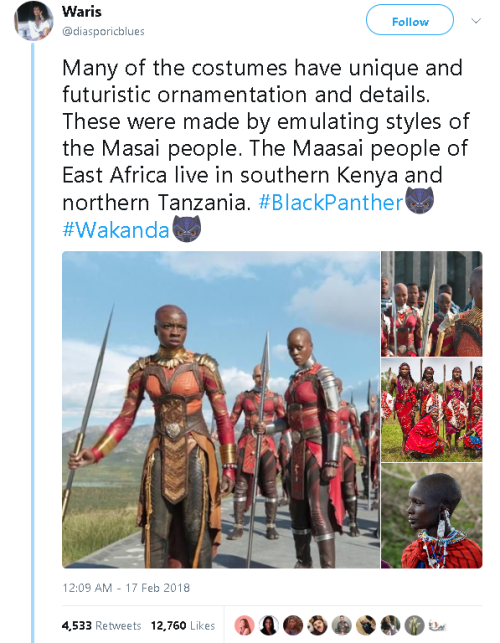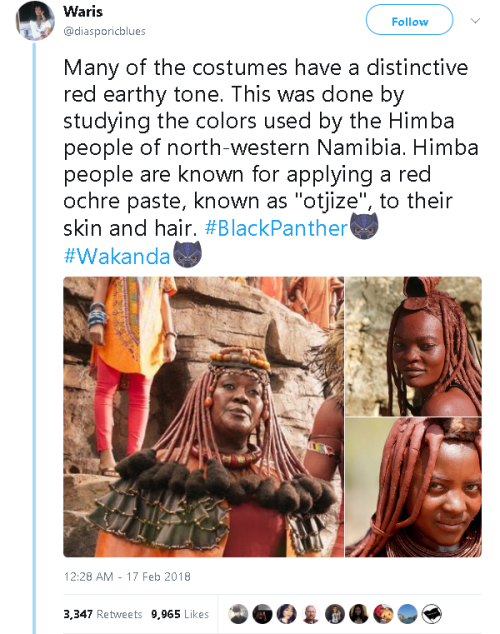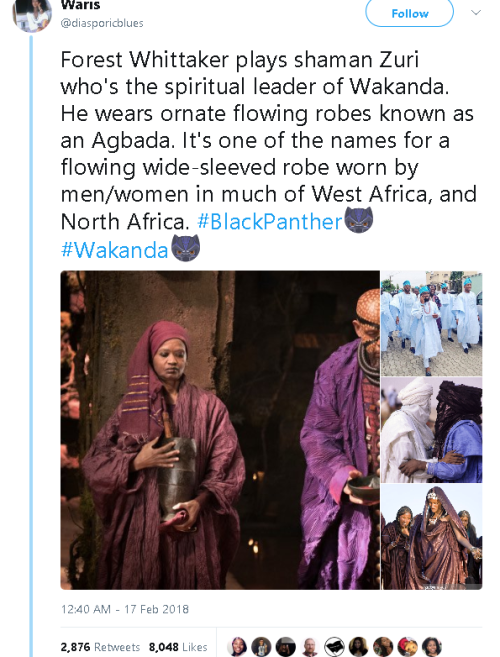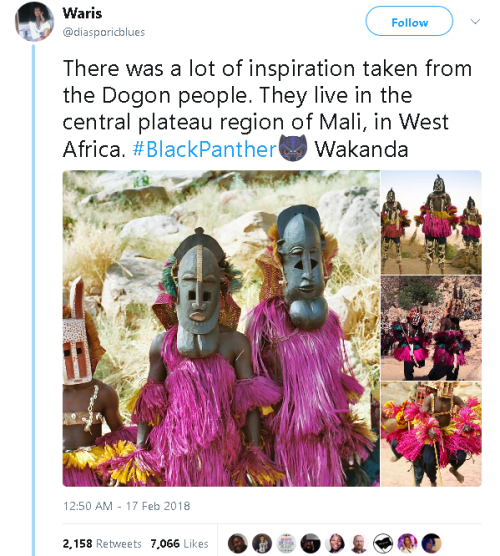I HAVE NO WORDS
I HAVE NO WORDS
(ALSO this seems to be the op, on youtube)
More Posts from Earthbending-sjw and Others
A reminder that NASA isn’t the only space agency
I have seen many “Space achievements 2015” articles and posts leaving international accomplisments completely out, so here are some of them:
1. A new type of basaltic rock on the moon was found by Chinese robotic lander.
China National Space Administration’s Chang’e-3 landed on the Moon on 14 December 2013, becoming the first spacecraft to soft-land since the Soviet Union‘s Luna 24 in 1976.

2. On February 11, the European Space Agency, ESA, successfully launched on a suborbital trajectory and recovered an experimental wingless glider, IXV.
It became the first true “lifting body” vehicle, which reached a near-orbital speed and then returned back to Earth without any help from wings.

3. On December 9, Japan’s Akatsuki spacecraft succeeded entering orbit of Venus.
Japan Aerospace eXploration Agency’s Akatsuki is the first spacecraft to explore Venus since the ESA’s Venus Express reached the end of its mission in 2014.

4. ESA’s Rosetta spacecraft detected oxygen ‘leaking’ from comet 67P/Churyumov-Gerasimenko, the first time these molecules have been seen around a comet.
Rosetta spacecraft, the first to drop a lander (named Philae) on a comet, entered orbit around 67P in 2014 and continues to orbit the body. On June 13, European Space Operations Centre in Darmstadt, Germany, received signals from the Philae lander after months of silence.

5. The Canadian Space Agency has provided NASA with a laser mapping system that will scan an asteroid that could potentially hit the Earth in about 200 years

6. The high-resolution stereo camera on ESA’s Mars Express captured this sweeping view from the planet’s south polar ice cap and across its cratered highlands and beyond.

find Sci-Universe on Tumblr, Instagram & Facebook
INTP summer aesthetic
• books, lots of books; books on shelves, books on the desk, book under bed, half unread, almost completed
• a lot of midnight contemplations
• period dramas
•summery conspiracy theories and documentaries
• attempted skin care routine; done one day, ditched the next
• new music filling up the locked room
•open room window at evenings, feeling summer breeze
•hanging out with one or two friends once every 3 weeks
•not answering half of the phone calls received
•ditching almost everyone from work, school, uni environment
•lazily attempting to write or draw
Largest Batch of Earth-size, Habitable Zone Planets
Our Spitzer Space Telescope has revealed the first known system of seven Earth-size planets around a single star. Three of these planets are firmly located in an area called the habitable zone, where liquid water is most likely to exist on a rocky planet.

This exoplanet system is called TRAPPIST-1, named for The Transiting Planets and Planetesimals Small Telescope (TRAPPIST) in Chile. In May 2016, researchers using TRAPPIST announced they had discovered three planets in the system.

Assisted by several ground-based telescopes, Spitzer confirmed the existence of two of these planets and discovered five additional ones, increasing the number of known planets in the system to seven.

This is the FIRST time three terrestrial planets have been found in the habitable zone of a star, and this is the FIRST time we have been able to measure both the masses and the radius for habitable zone Earth-sized planets.
All of these seven planets could have liquid water, key to life as we know it, under the right atmospheric conditions, but the chances are highest with the three in the habitable zone.

At about 40 light-years (235 trillion miles) from Earth, the system of planets is relatively close to us, in the constellation Aquarius. Because they are located outside of our solar system, these planets are scientifically known as exoplanets. To clarify, exoplanets are planets outside our solar system that orbit a sun-like star.

In this animation, you can see the planets orbiting the star, with the green area representing the famous habitable zone, defined as the range of distance to the star for which an Earth-like planet is the most likely to harbor abundant liquid water on its surface. Planets e, f and g fall in the habitable zone of the star.
Using Spitzer data, the team precisely measured the sizes of the seven planets and developed first estimates of the masses of six of them. The mass of the seventh and farthest exoplanet has not yet been estimated.

For comparison…if our sun was the size of a basketball, the TRAPPIST-1 star would be the size of a golf ball.
Based on their densities, all of the TRAPPIST-1 planets are likely to be rocky. Further observations will not only help determine whether they are rich in water, but also possibly reveal whether any could have liquid water on their surfaces.
The sun at the center of this system is classified as an ultra-cool dwarf and is so cool that liquid water could survive on planets orbiting very close to it, closer than is possible on planets in our solar system. All seven of the TRAPPIST-1 planetary orbits are closer to their host star than Mercury is to our sun.

The planets also are very close to each other. How close? Well, if a person was standing on one of the planet’s surface, they could gaze up and potentially see geological features or clouds of neighboring worlds, which would sometimes appear larger than the moon in Earth’s sky.

The planets may also be tidally-locked to their star, which means the same side of the planet is always facing the star, therefore each side is either perpetual day or night. This could mean they have weather patterns totally unlike those on Earth, such as strong wind blowing from the day side to the night side, and extreme temperature changes.

Because most TRAPPIST-1 planets are likely to be rocky, and they are very close to one another, scientists view the Galilean moons of Jupiter – lo, Europa, Callisto, Ganymede – as good comparisons in our solar system. All of these moons are also tidally locked to Jupiter. The TRAPPIST-1 star is only slightly wider than Jupiter, yet much warmer.
How Did the Spitzer Space Telescope Detect this System?
Spitzer, an infrared telescope that trails Earth as it orbits the sun, was well-suited for studying TRAPPIST-1 because the star glows brightest in infrared light, whose wavelengths are longer than the eye can see. Spitzer is uniquely positioned in its orbit to observe enough crossing (aka transits) of the planets in front of the host star to reveal the complex architecture of the system.

Every time a planet passes by, or transits, a star, it blocks out some light. Spitzer measured the dips in light and based on how big the dip, you can determine the size of the planet. The timing of the transits tells you how long it takes for the planet to orbit the star.

The TRAPPIST-1 system provides one of the best opportunities in the next decade to study the atmospheres around Earth-size planets. Spitzer, Hubble and Kepler will help astronomers plan for follow-up studies using our upcoming James Webb Space Telescope, launching in 2018. With much greater sensitivity, Webb will be able to detect the chemical fingerprints of water, methane, oxygen, ozone and other components of a planet’s atmosphere.
At 40 light-years away, humans won’t be visiting this system in person anytime soon…that said…this poster can help us imagine what it would be like:

Make sure to follow us on Tumblr for your regular dose of space: http://nasa.tumblr.com

















Some knowledge ✊🏾
parents making sex jokes

Gentrification
When you google the definition, it says: “the process of renewal and rebuilding accompanying the influx of middle-class or affluent people into deteriorating areas that often displaces poorer residents.”

The definition should say: “the process of dramatic change and remodel accompanying the influx of white middle-class or white affluent people who ransack the rich history and spirit of neighborhoods, which displaces longtime residents and business owners of color, in favor of high-priced homes, eateries, and other establishments that are homogenous to whiteness while renaming the area, as well as stabilizing rent hikes and high property values to keep former residents of color out.”
Hood Naruto part 4










The Nightly Show, December 10, 2015

This may just be the cutest thing i’ve ever watched omg
-
 agoldenplum reblogged this · 2 weeks ago
agoldenplum reblogged this · 2 weeks ago -
 sorena-the-nefarious reblogged this · 3 weeks ago
sorena-the-nefarious reblogged this · 3 weeks ago -
 musicheadphonestoast liked this · 3 weeks ago
musicheadphonestoast liked this · 3 weeks ago -
 alloronansamusement reblogged this · 3 weeks ago
alloronansamusement reblogged this · 3 weeks ago -
 ugunslilija liked this · 3 weeks ago
ugunslilija liked this · 3 weeks ago -
 unstoppable liked this · 3 weeks ago
unstoppable liked this · 3 weeks ago -
 gomi-chandesu reblogged this · 3 weeks ago
gomi-chandesu reblogged this · 3 weeks ago -
 caracaracal reblogged this · 3 weeks ago
caracaracal reblogged this · 3 weeks ago -
 hadesburns liked this · 3 weeks ago
hadesburns liked this · 3 weeks ago -
 autistic-pigeon liked this · 3 weeks ago
autistic-pigeon liked this · 3 weeks ago -
 lorchidae reblogged this · 3 weeks ago
lorchidae reblogged this · 3 weeks ago -
 emergencygoat reblogged this · 3 weeks ago
emergencygoat reblogged this · 3 weeks ago -
 jenle429 liked this · 3 weeks ago
jenle429 liked this · 3 weeks ago -
 jenle429 reblogged this · 3 weeks ago
jenle429 reblogged this · 3 weeks ago -
 pumpkin-spice-fartte reblogged this · 3 weeks ago
pumpkin-spice-fartte reblogged this · 3 weeks ago -
 in-2many-fandoms reblogged this · 3 weeks ago
in-2many-fandoms reblogged this · 3 weeks ago -
 in-2many-fandoms liked this · 3 weeks ago
in-2many-fandoms liked this · 3 weeks ago -
 homojohns reblogged this · 3 weeks ago
homojohns reblogged this · 3 weeks ago -
 caelan0d liked this · 3 weeks ago
caelan0d liked this · 3 weeks ago -
 chapeau-42 liked this · 3 weeks ago
chapeau-42 liked this · 3 weeks ago -
 therealdoxian liked this · 3 weeks ago
therealdoxian liked this · 3 weeks ago -
 davestriderplz reblogged this · 3 weeks ago
davestriderplz reblogged this · 3 weeks ago -
 bigkingbowser liked this · 3 weeks ago
bigkingbowser liked this · 3 weeks ago -
 jackalyote reblogged this · 3 weeks ago
jackalyote reblogged this · 3 weeks ago -
 freckled-butts liked this · 3 weeks ago
freckled-butts liked this · 3 weeks ago -
 weatheredlaw liked this · 3 weeks ago
weatheredlaw liked this · 3 weeks ago -
 hellofoxtrot reblogged this · 3 weeks ago
hellofoxtrot reblogged this · 3 weeks ago -
 hellofoxtrot liked this · 3 weeks ago
hellofoxtrot liked this · 3 weeks ago -
 novaderps reblogged this · 3 weeks ago
novaderps reblogged this · 3 weeks ago -
 kade-is-here liked this · 3 weeks ago
kade-is-here liked this · 3 weeks ago -
 eggxalted reblogged this · 3 weeks ago
eggxalted reblogged this · 3 weeks ago -
 putsch reblogged this · 3 weeks ago
putsch reblogged this · 3 weeks ago -
 curlzformetal liked this · 3 weeks ago
curlzformetal liked this · 3 weeks ago -
 bijoumikhawal liked this · 3 weeks ago
bijoumikhawal liked this · 3 weeks ago -
 antumbralune reblogged this · 3 weeks ago
antumbralune reblogged this · 3 weeks ago -
 mrrodd liked this · 3 weeks ago
mrrodd liked this · 3 weeks ago -
 heysoijust reblogged this · 3 weeks ago
heysoijust reblogged this · 3 weeks ago -
 whiskeytangofrogman reblogged this · 3 weeks ago
whiskeytangofrogman reblogged this · 3 weeks ago -
 motylapodkowa liked this · 3 weeks ago
motylapodkowa liked this · 3 weeks ago -
 lizarddizaster reblogged this · 3 weeks ago
lizarddizaster reblogged this · 3 weeks ago -
 iremainwanderingwitless liked this · 3 weeks ago
iremainwanderingwitless liked this · 3 weeks ago -
 plant-ghoul liked this · 3 weeks ago
plant-ghoul liked this · 3 weeks ago -
 subrosadraco reblogged this · 3 weeks ago
subrosadraco reblogged this · 3 weeks ago -
 tokidokifish reblogged this · 3 weeks ago
tokidokifish reblogged this · 3 weeks ago -
 vermp reblogged this · 1 month ago
vermp reblogged this · 1 month ago -
 gerebell reblogged this · 1 month ago
gerebell reblogged this · 1 month ago -
 vile-fermion reblogged this · 1 month ago
vile-fermion reblogged this · 1 month ago -
 gammagayghoul reblogged this · 1 month ago
gammagayghoul reblogged this · 1 month ago
Climate Justice Organizer | Dark Academia Enthusiast | Writer
151 posts